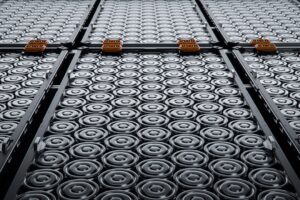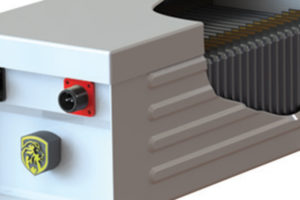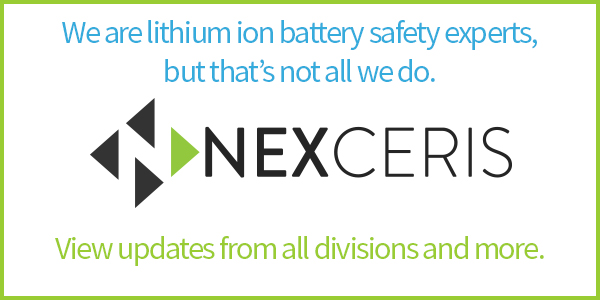The Arizona Public Service (APS) electric utility sustained a lithium-ion battery fire which caused severe injuries to several firefighters in April of 2019. More than a year later, in August of 2020, three reports were released detailing the events of the APS battery fire. The reports are linked below and were written by:
Brief report summary
The UL report does not try to diagnose a root cause of the event, and instead focuses largely on the first responders, how to learn from the event, and how to improve the safety of lithium-ion battery energy storage systems moving forward.
On the other hand, the DNV-GL and Exponent report are at odds with each other. The Exponent report has a detailed, pre-emptive letter from LG Chem that particularly calls out the DNV-GL report saying things such as “DNV-GL ignored other experts’ views and key evidence without explanation” and “independent experts retained by LG Chem believe the evidence rules out DNV-GL’s theory”.
What are DNV-GL and LG Chem disagreeing over?
In short, DNV-GL and LG Chem (Exponent) are disagreeing over the root cause of the event.
Exponent, in a section titled Environmental Data and System Analysis (pg. 117 through 135), details how the lack of environmental control could have caused the initial failure and indicates key conclusions, such as:
- Temperature and humidity sensors were not properly placed to measure extremes improperly placed sensor locations to measure extreme temperature and humidity
- Large temperature differences between available sensing points was observed
- The dew point temperature gradually increasing over time, indicating changing environmental conditions and not a truly closed loop system
- Relative humidity regularly exceeded 80%
- The role of high relative humidity and/or condensation on electronics in the BESS cannot be ruled out as a contributor to the root cause of the initial failure.
DNV-GL, on pages 24 through 30, details why the primary contribution to the failure was an internal short circuit caused by the dendritic growth of the electrode materials. There is a very detailed failure analysis within this section, however, Exponent refutes many of these points with a detailed failure analysis of their own on pages 94 through 116.
How the UL Report differs from the DNV-GL and LG Chem reports
While the DNV-GL and LG Chem report largely discuss the root cause of the event, the UL report does not address this issue and focuses on the fire responders’ procedure, including discussions around the fire detection and suppression scheme and the information available to the first responders. Contributing factors, as discussed by UL in their report, are detailed below:
- Improperly trained HAZMAT team
- No flammable gas detection in ESS
- Lack of information delivery to HAZMAT team because of ESS communication system failure
- No emergency response plan available prior to the incident
- No NFPA 68/69 compliance
Key takeaways
- Lack of agreement amongst ESS Subject Matter Experts means more need more redundancy in detection and mitigation
- All three reports summarize the ineffectiveness of fire suppression in ESS applications
- Application-specific gas detection solutions need to be considered during ESS design
- Ventilation and deflagration solutions need to be standard for stationary ESS applications





